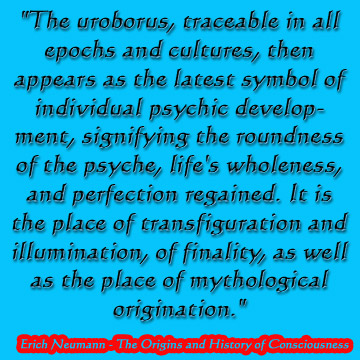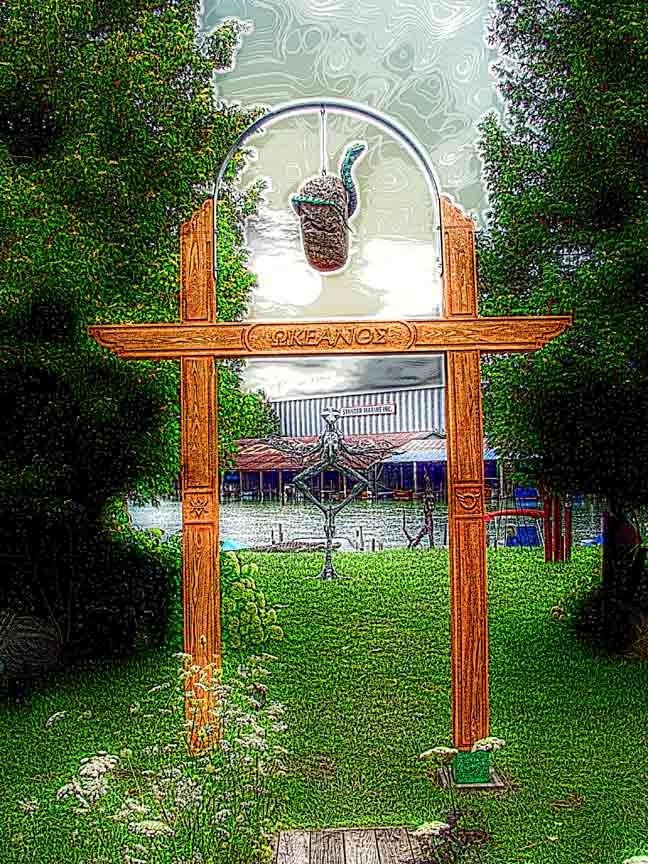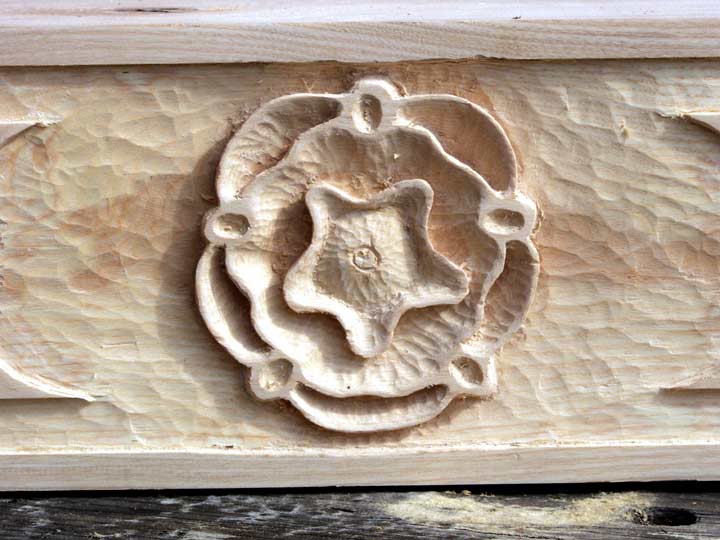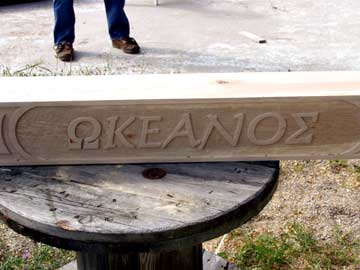

|
|
|||||||
 |
|||||||
 |
The Captain and Iwojima have settled into the wood-working regime. Each of the Bells - as we build them - increases its surface of carvings. Sol and Luna had only their plaques carved and their lintels scalloped. Saturn had its lintel carved on two sides. Venus is carved on two sides of the lintel and two sides of both verticals. The last of the 7 Temple Bells is likely to be entirely engraved.
|
 |
|||||
 |
|||||||
 |
 |
||||||||||||
|
That's the Rosicrucian Rose which the Captain carved onto the front side of the lintel; you can see us painting it above. Bruno knew both John Dee and Edward Kelly - two names which are always mentioned whenever the subject of the manifestoes of the Rosicrucians comes up. White sums up the Rosicrucians as "a secret society who taught an iconoclastic form of Christian Hermeticism. They were convinced of the psychologically empowering use of symbol, logic, and ritual." Pooler Jones and Barber Perfect would no doubt add a bit to that curt description. Pooler owns an original Fama from 1614. He keeps it and the other priceless manuscripts he's collected in his climate controlled vault in Wyoming. But there is no direct proof that Bruno was in any way involved with the Rosicrucian Furor than as a godfather to its ruminations. The Rose - Rosicrucian or otherwise - is sacred to Venus.
|
|||||||||||||
 |
 |
||||||||||||
|
Both Venus and the Rose are emblems of Resurrection and Unfolding
|
|||||||||||||
|
This is a modern species of Iris called: Temple Bell. There is also a Hosta called Temple Bell as well as a kind of Japonioca. There are also a hundred or more companies putting out chimes and other noise makers which too closely ape the metaphor.
|
 |
Anne Knoll is a photo/artist who outputs fantastic prints using Iris Giclée tech. While Jane Darin used the metaphor of Temple Bells to create a tapestry. Take a moment from all this information and listen to Mayron Cole's composition called: Temple Bells.
|
|||||||||||
 |
|||||||||||||
|
Pooler and I found Rome to be electric. Everywhere were the signs and sigils of the shifting politics of the 3rd Millennium after Christ. Dissent was again in the air - demonstrations filled the streets - graffiti promised retribution, justice, and anarchy. Europe is at its best when it is about to explode; Pooler Jones breathes that kind of volatile air. He loves it. Skippy is so detached that he watches it with a vague and studied ennui. He would have loved Berlin in early spring of 1945 when the wild Iris Temple Bells bloomed amidst the rubble.
|
|||||||||||||
| Continue to Page 11 Temple bells - Venus | |||||||||||||